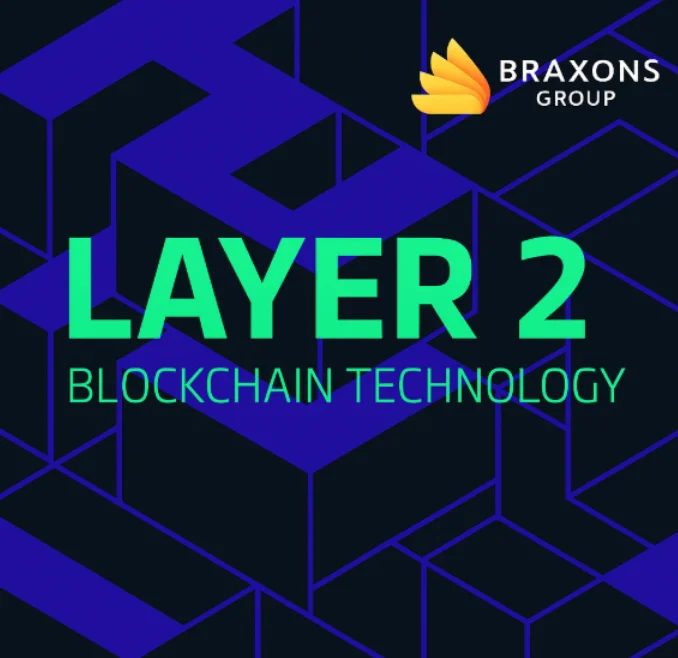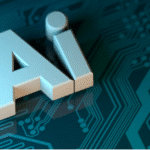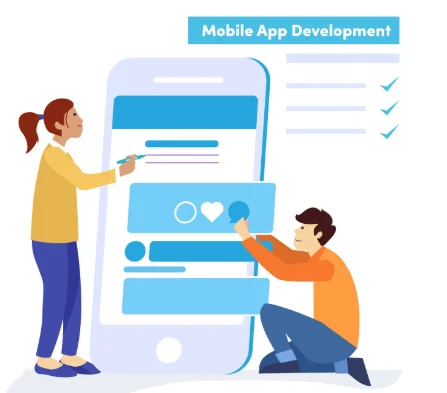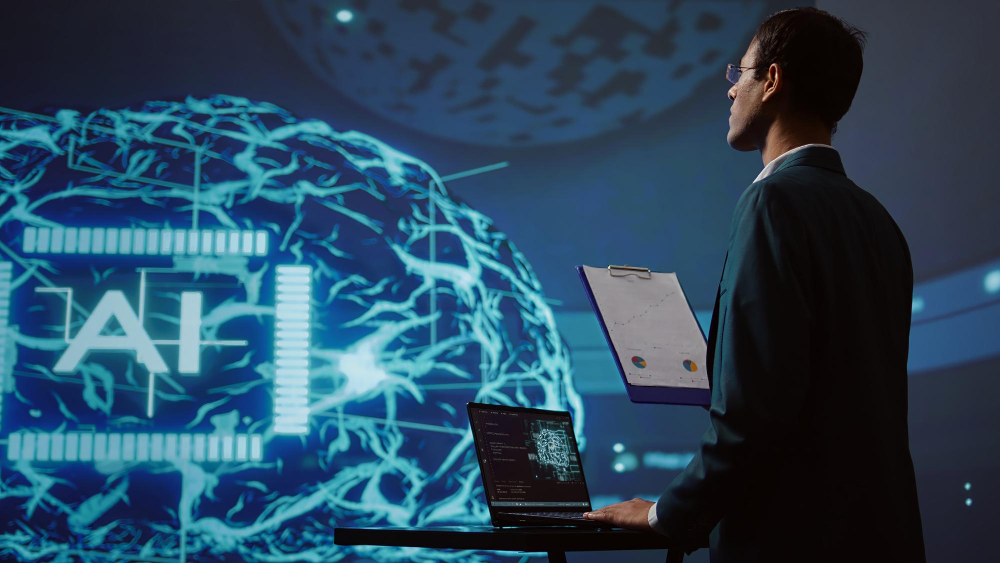Braxons Group: Tokenomics of Layer 2 as the Economic Foundation of Scalable Web3 Infrastructure

Layer 2 (L2) solutions are no longer just technical enhancements — they are becoming the backbone of next-generation financial infrastructure. At Braxons Group, we view rollup technologies not only as powerful tools for scaling blockchain systems, but also as economic systems that must be designed with long-term sustainability, transparency, and incentives in mind.
Rollup protocols process transactions off-chain and post compressed data or proofs back to Layer 1 networks like Ethereum, thus improving throughput and reducing gas fees without compromising the security of the base layer. However, transactional efficiency alone is not sufficient for lasting success. Braxons Group believes that tokenomics — the way value and incentives are structured — determines whether a Layer 2 project can attract users, developers, and capital over time.
Why Layer 2 Networks Need Their Own Tokens
While some L2s initially launched without native tokens, most have ultimately issued one. This is because tokens solve three major challenges.
First, governance and decentralization.
Tokens give holders the right to vote on network upgrades, treasury allocation, and key protocol parameters. This allows projects to evolve from centralized teams to decentralized autonomous organizations (DAOs), where the community steers decision-making.
Second, incentives and engagement.
Tokens reward sequencers and validators, incentivize participation in staking or liquidity programs, and support user acquisition through airdrops or yield farming. Braxons Group stresses that carefully designed incentives are key to aligning the interests of users, developers, and infrastructure providers.
Third, capitalization and resource allocation.
Tokens help raise capital for ecosystem development and serve as strategic instruments for developer grants, DAO operations, and community funding. In this context, tokenomics becomes not just a financial tool but a vehicle for protocol sustainability.
Rollup Case Studies: Arbitrum, Optimism, zkSync, StarkNet
Arbitrum uses the ARB token for governance while gas fees are paid in ETH. Braxons Group notes that this separation creates uncertainty around ARB’s long-term utility beyond voting power.
Optimism takes a two-tier approach: the OP token is used for governance, and a portion of sequencer revenue flows back to the DAO. A secondary governance layer — the Citizens’ House — focuses on public goods funding. Braxons Group sees this as an innovative model for balancing capital and community.
zkSync is introducing the ZKS token for validator participation, governance, and cross-chain integration within its Hyperchain ecosystem. The protocol’s recursive proof architecture and L3 ambitions add complexity to its economic model.
StarkNet already uses the STRK token, which is transitioning to a gas token in addition to its governance role. While this could increase real token demand, Braxons Group highlights the challenge of incentivizing validators due to the high cost of generating zk-STARK proofs.
Core Components of Layer 2 Token Economies
Across successful L2 platforms, Braxons Group identifies several key building blocks:
- Sequencer Fees: Rewards for ordering and submitting transactions
- MEV Opportunities: Monetizing transaction ordering, particularly in DeFi
- Grant Programs: Token-funded initiatives to support developers and projects
- Inflation Models: Token emissions for incentivization and growth
- Governance Staking: Rewards for participating in DAO governance
Designing a token model that integrates all of these components effectively is essential for network adoption and resilience.
Structural Challenges Facing L2 Token Models
Despite rapid progress, Layer 2 projects face several systemic hurdles.
ETH-based gas fees limit the utility of native tokens. Braxons Group recommends dual-token systems or full migration to native-token gas models to create demand.
Sequencer centralization is another concern. Most sequencers today are operated by core teams. A shift to decentralized sequencer markets will require strong token-based incentive systems.
MEV extraction without guardrails can distort pricing and harm user trust. Braxons Group advocates for the use of anti-MEV algorithms and fair transaction ordering systems.
DAO opacity and overly complex governance discourage community engagement. Clear voting rules, open-source proposals, and user-friendly platforms are critical for legitimacy.
The Future of L2 Tokenomics
Braxons Group sees several powerful trends shaping the next phase of Layer 2 evolution:
- Shared Sequencers: Neutral markets where multiple rollups can outsource transaction ordering
- App-Specific Rollups: dApps launching custom rollups with their own tailored token economies
- Restaking Models: Leveraging L1 tokens (like ETH) as security layers for L2 infrastructure
- Layer 3 Ecosystems: Complex economic models across multiple scalability layers, as seen in zkSync Hyperchains
These developments will blur the line between infrastructure and application, requiring nuanced economic planning and governance frameworks.
Conclusion: Tokenomics Is Infrastructure
At Braxons Group, we believe that tokenomics is not a secondary consideration — it is the economic engine behind every successful rollup protocol. A robust model should:
- Deliver utility and value to users
- Incentivize decentralized infrastructure
- Enable transparent and inclusive governance
- Cultivate an active, developer-friendly ecosystem
As Layer 2 networks mature, the challenge shifts from technical scalability to economic sustainability. Braxons Group remains committed to supporting the next wave of L2 solutions through research, advisory, and direct ecosystem engagement.
For developers, investors, and protocol teams alike, mastering tokenomics isn’t a luxury — it’s a strategic imperative. And Braxons Group is ready to lead that transformation.

What Makes a Key West Spearfishing Company Stand Out From the Competition

A Comprehensive Guide to Performance Marketing Platforms and Tools

Data Automation Tools for Modern Businesses

Accelerating drug discovery through the DEL-ML-CS approach

AI in Marketing Is No Longer a Buzzword — It’s the Strategy

Is Singapore's 'Smart Nation' Initiative Making Renting Smarter, or Just More Expensive?

FSI Blogs US: Complete Guide, Insights, and Relevance

10 Things US Clients Expect from a Mobile App Development Partner








